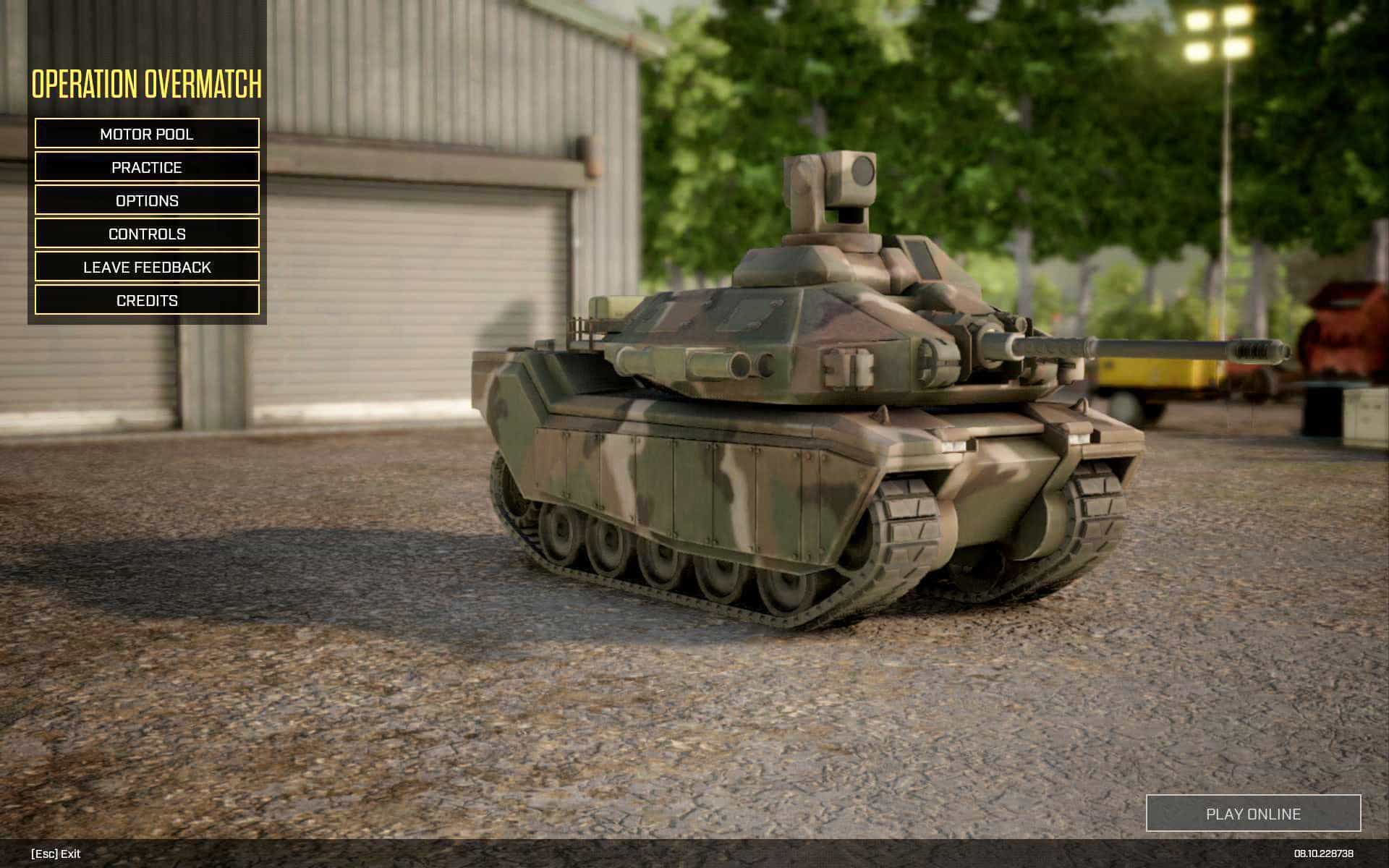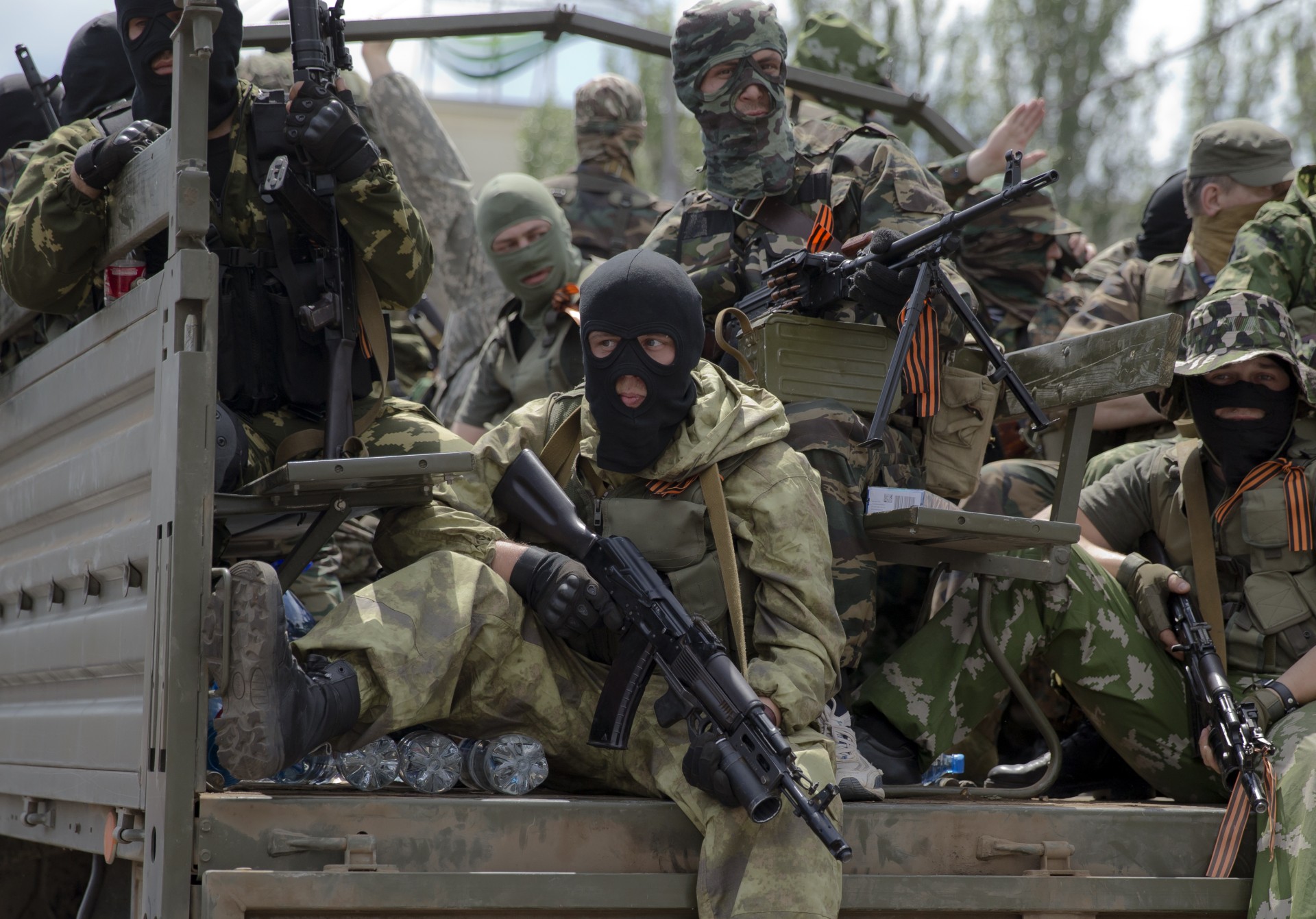The Army is currently seeking soldiers to provide feedback through online gameplay in order to contribute to the development of the future force.
Operation Overmatch is a gaming environment within the Early Synthetic Prototyping effort. Its purpose is to connect soldiers to inform concept and capability developers, scientists and engineers across the Army.
“What we want is two-way communication, and what better medium to use than video games,” said Army Lt. Col. Brian Vogt, ESP project lead with U.S. Army Training and Doctrine Command’s Army Capabilities Integration Center.
Encouraging Soldier Innovation
Through a collaborative effort between TRADOC, U.S. Army Research and Development Command and Army Game Studio, Operation Overmatch was created to encourage soldier innovation through crowd-sourcing ideas within a synthetic environment.
“Soldiers have the advantage of understanding how equipment, doctrine and organization will be used in the field — the strengths and weaknesses,” said Michael Barnett, chief engineer at the Army Game Studio and project lead for Operation Overmatch. “And they have immediate ideas about what to use, what to change and what to abandon — how to adapt quickly.”
Within Operation Overmatch, soldiers will be able to play eight versus eight against other soldiers, where they will fight advanced enemies with emerging capabilities in realistic scenarios.
Players will also be able to experiment with weapons, vehicles, tactics and team organization. Game analytics and soldier feedback will be collected and used to evaluate new ideas and to inform areas for further study.
Currently, the game is in early development, Vogt said.
One of the benefits of collecting feedback through the gaming environment within ESP is the ability to explore hundreds — if not thousands — of variations, or prototypes, of vehicles and weapons at a fraction of what it would cost to build the capability at full scale, Vogt explained. A vehicle or weapons system that might take years of engineering to physically build can be changed or adapted within minutes in the game.
“In a game environment, we can change the parameters or the abilities of a vehicle by keystrokes,” he said. “We can change the engine in a game environment and it could accelerate faster, consume more fuel or carry more fuel. All these things are options within the game — we just select it, and that capability will be available for use. Of course, Army engineers will determine if the change is plausible before we put it in the scenarios.”
The game currently models a few future vehicles to include variants of manned armored vehicles, robotic vehicles and unmanned aerial vehicles. The scenarios are centered on manned/unmanned teaming at the squad and platoon level in an urban environment. Through game play, soldiers will provide insights about platform capabilities and employment.











